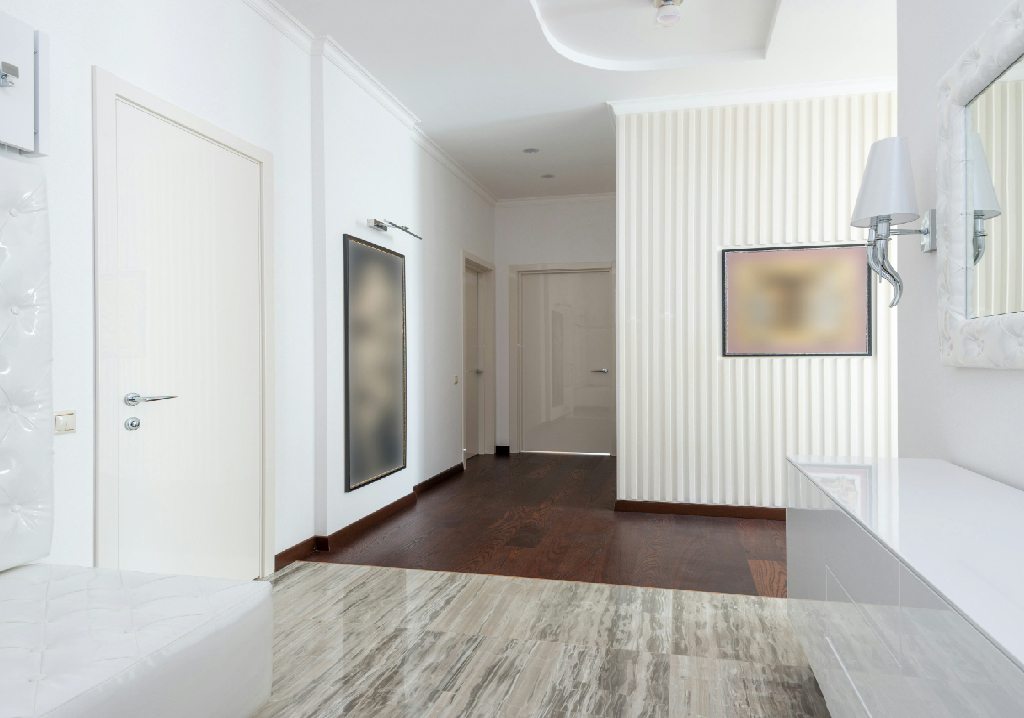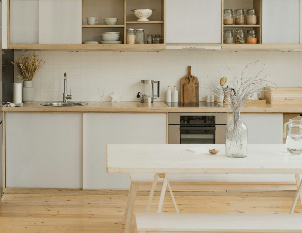As technology continues to advance at a rapid pace, smart homes are becoming increasingly prevalent. The integration of smart devices not only enhances convenience and efficiency but also transforms the way we approach interior design. In this article, we’ll explore the principles of designing for smart homes, focusing on how to create functional, stylish spaces that prioritize modern technology without compromising aesthetics.

Smart homes utilize internet-connected devices that allow homeowners to control various systems—from lighting and climate to security and appliances—remotely. Understanding the specific technologies you wish to incorporate is crucial. Common smart devices include smart speakers, thermostats, security cameras, lights, and appliances. Select gadgets that align with your lifestyle and enhance your daily routines.
Maximizing natural light is crucial in biophilic design. It not only enhances the aesthetic appeal of a space but also supports our circadian rhythms, promoting better sleep and mood.In a smart home, it’s vital to plan for the seamless integration of technology within your design. Choose devices that can blend in with your decor, such as smart thermostats that resemble traditional models or speakers that can be discreetly positioned within cabinetry. Additionally, consider built-in smart devices, such as smart mirrors in bathrooms with integrated lighting or touchscreen controls, which enhance functionality while maintaining a cohesive design.
When designing for smart homes, prioritize convenience and ease of use. Create layouts that allow for intuitive device placement, ensuring that they are easily accessible yet unobtrusive. For example, placing smart hubs in central locations enables seamless connectivity throughout the home. In open-concept spaces, consider zoning to create areas for specific functions, such as a technology hub or a multifunctional room, allowing for efficient control over connected devices.
Lighting plays a critical role in both design and functionality. Smart lighting systems allow you to control light intensity, color, and ambience via your smartphone or voice commands. When designing your space, incorporate dimmable LED fixtures and smart bulbs that can be adjusted to suit various activities. Layer your lighting by combining overhead fixtures with task and accent lighting to create a warm and inviting atmosphere.
In a smart home, decor should reflect personal style while accommodating technology. Opt for furniture and decor items that complement smart devices, ensuring they harmonize rather than clash. Choose sleek, modern pieces that enhance the overall aesthetic while providing ease of use. Textiles and colors can also play a vital role; incorporate smart fabrics, which can regulate temperature or resist stains, without sacrificing style.
Strong connectivity is fundamental for smart homes, which means designing with Wi-Fi and network capabilities in mind. Strategically position routers and access points to ensure robust internet coverage throughout the home. Consider using wired options for high-bandwidth devices, such as gaming consoles or home theaters, to prevent lag and maintain performance.
Smart technology can enhance sustainability in your home. When designing, consider incorporating smart energy management systems that monitor usage and optimize efficiency, such as smart thermostats that learn your habits. Solar energy solutions, integrated smart irrigation systems, and energy-efficient appliances not only reduce your environmental footprint but also align with contemporary design trends focused on sustainability.
While smart homes are often associated with sleek, modern aesthetics, it’s essential to create a cozy and inviting environment. Use warm colors, comfortable textures, and layered furnishings to make the space feel homey. Consider technology that enhances comfort, like automated window treatments that adjust based on the time of day, allowing natural light to enhance the ambiance.
Designing for a smart home requires foresight. As technology evolves, ensure your design choices offer flexibility for upgrades. Opt for modular furniture that can be rearranged or expanded, and leave space for additional devices you may choose to integrate later. Incorporating ample power outlets and USB charging stations will prepare your home for future technological advancements.
One of the remarkable advantages of smart homes is the ability to personalize your environment. Work with smart home systems that can learn your preferences—such as temperature settings, lighting schemes, and entertainment options—and design your spaces around those preferences. Customization makes your home a true reflection of your lifestyle.
Designing a smart home requires a harmonious blend of aesthetics, functionality, and technology. By thoughtfully integrating smart devices into your interior design, you can create a space that is not only visually appealing but also enhances your everyday life. Embrace the future with a design that prioritizes convenience, comfort, and style, allowing your home to evolve seamlessly with advancing technology. As you embark on this journey, remember that the ultimate goal is to create a space that feels just right for you—where innovation and comfort coexist beautifully.
